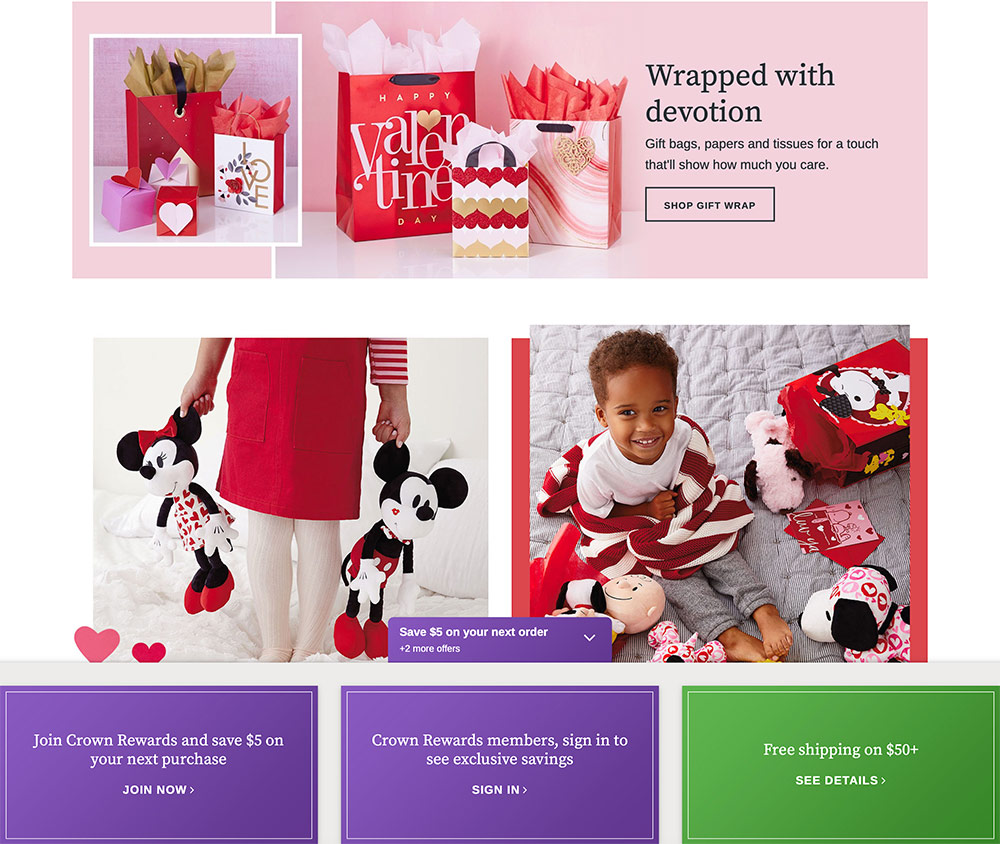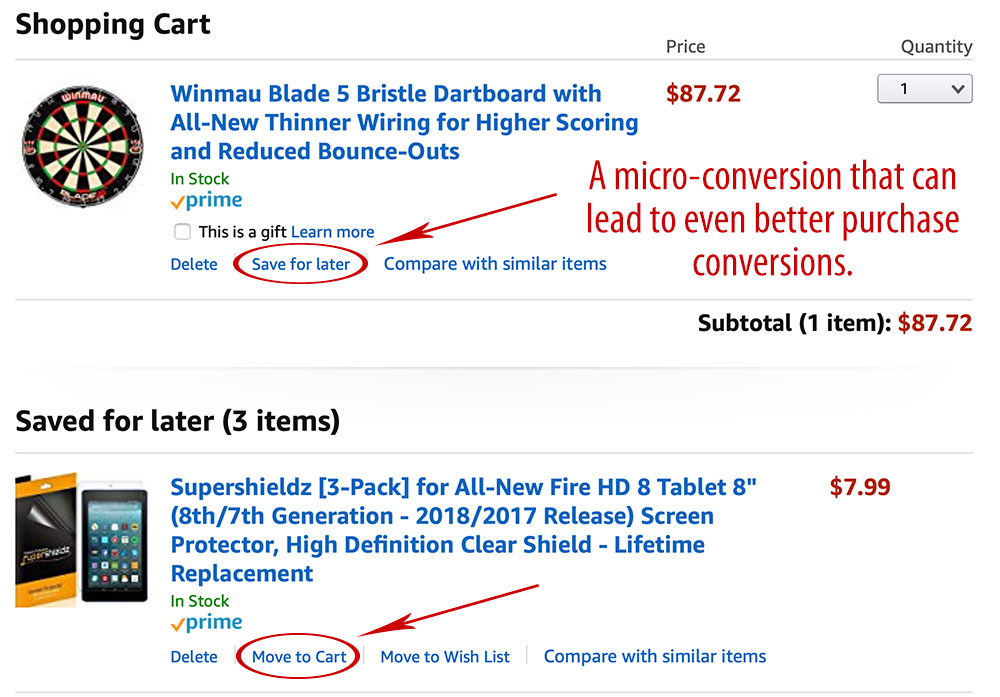Ecommerce sales in the United States continue to rise. According to Statista, annual online sales in the U.S. will exceed $735 billion by 2023.
This news, coupled with the fact that only about half of U.S. small business owners have a website, gives great hope to even the smallest of online stores. The key is to build trust and loyalty.
Beyond getting noticed, one of the biggest problems ecommerce sites face is converting shoppers into actual customers. As few as 10 percent of shoppers visit a site with a true intent to purchase. Most go online to search for products and then compare features and prices. That is why first impressions matter so much.
Micro conversions are smaller actions that can lead to sales. Micro conversions can instill trust, and therefore influence the 90 percent of visitors who do not intend to immediately purchase.
8 Key Micro Conversions
Ideal micro conversions include:
- Signing up for emails. Email is still one of the best methods of communicating. The average consumer checks her email multiple times per day.
- Signing up for text messages. Popular with millennials, text marketing is one of the fast-growing methods of capturing younger audiences.
- Creating an account. Typically reserved for the checkout process, sites that offer extra features to account holders can help build trust and repeat business if they encourage sign-ups in a non-invasive way.
- Registering for rewards. Rewards programs are popular. Promoting them can increase conversions and build loyalty.

Hallmark encourages signups for rewards and a discount on a future purchase. This practice can help build email lists to be used as conversion tools.
- Save for later purchase. The ability to save products for later encourages return shopping visits. While this feature could be tied to a shopping session, capturing an email address for long-term storage of the item(s) is best. “Save for later” is one of Amazon’s most popular features. The company can send emails to remind shoppers about saved items, and the site displays saved products right in the shopping cart to encourage larger orders.
Don’t confuse saving a shopping cart with adding items to a wish list. Typically, saved carts contain items the shopper intends to buy, while a wish list may or may not. Also, shoppers associate the term “wish list” with gift giving or receiving, while “save for later” is more personal.

Amazon’s “Save for later” feature is one of many ways it entices shoppers to return.
- Liking or following a social media account. Embedding actionable share buttons on a web page helps to quickly capture connections you can reach across social media. This can keep your brand in front of prospects.
- Sharing a page via email form. Also known as the “tell a friend,” this long-used feature allows visitors to fill out a simple form to send product or company information to someone else. Include a checkbox to sign up the sender for your email newsletter.
- Using website contact forms. Shoppers who take time to contact your company are more apt to make a purchase.
Building Trust
All of the micro conversions above give you the means to communicate with consumers, to build trust and loyalty. Most online shoppers are fine with companies knowing more about them if it leads to personalization. And personalized experiences encourage repeat buyers. With overall online spending on the rise, that could amount to a good chunk of change.




